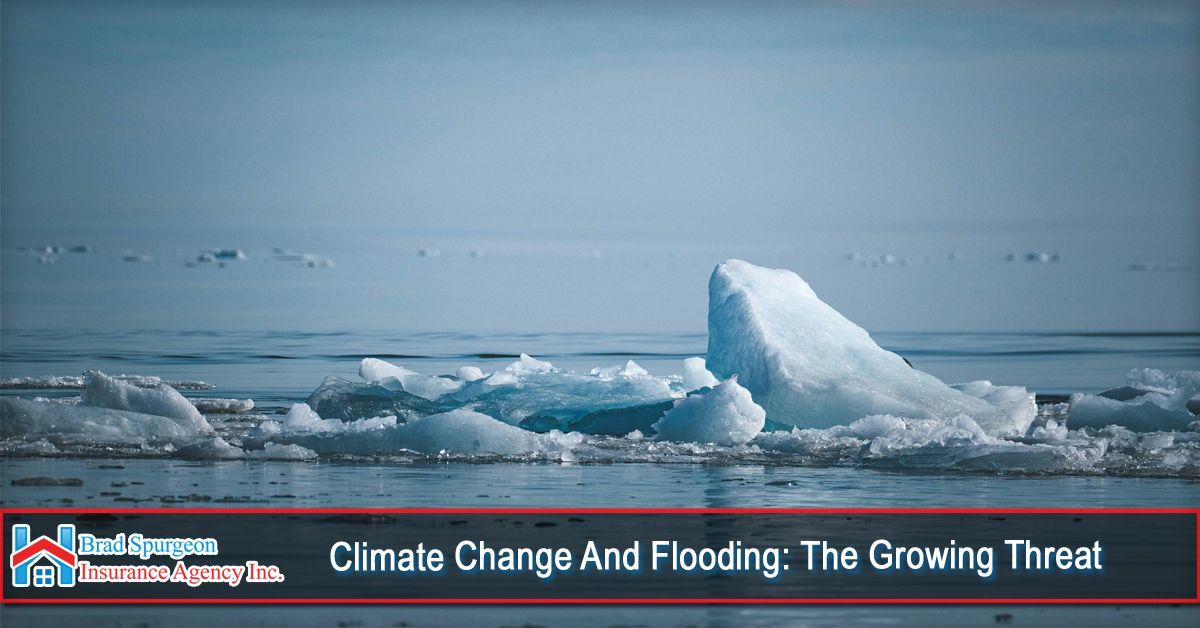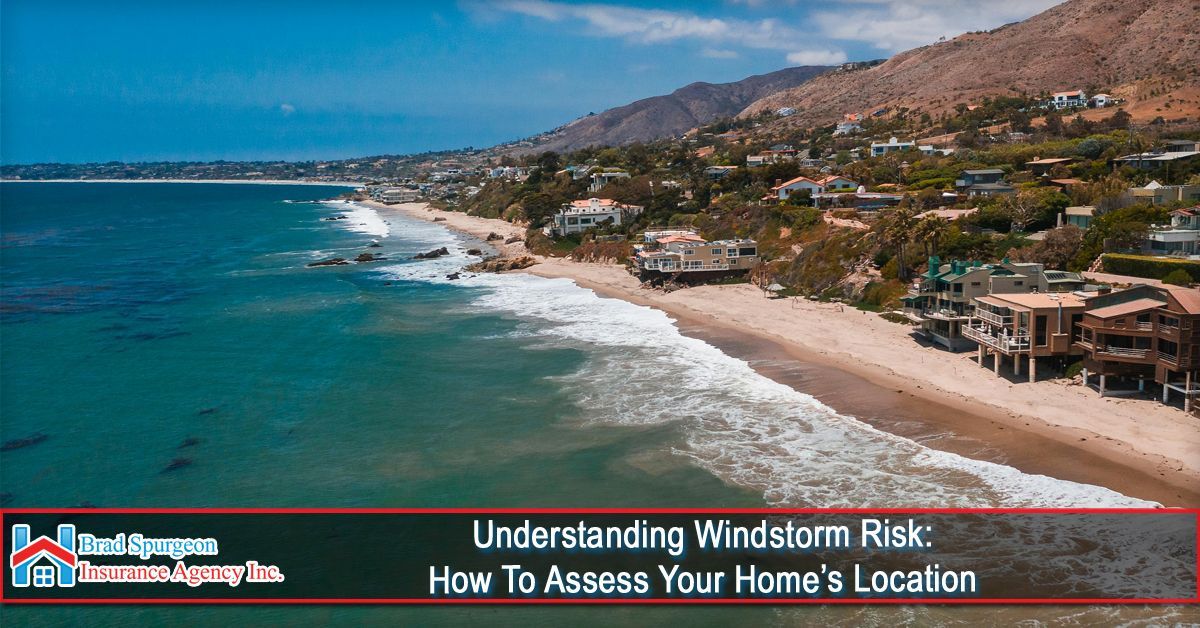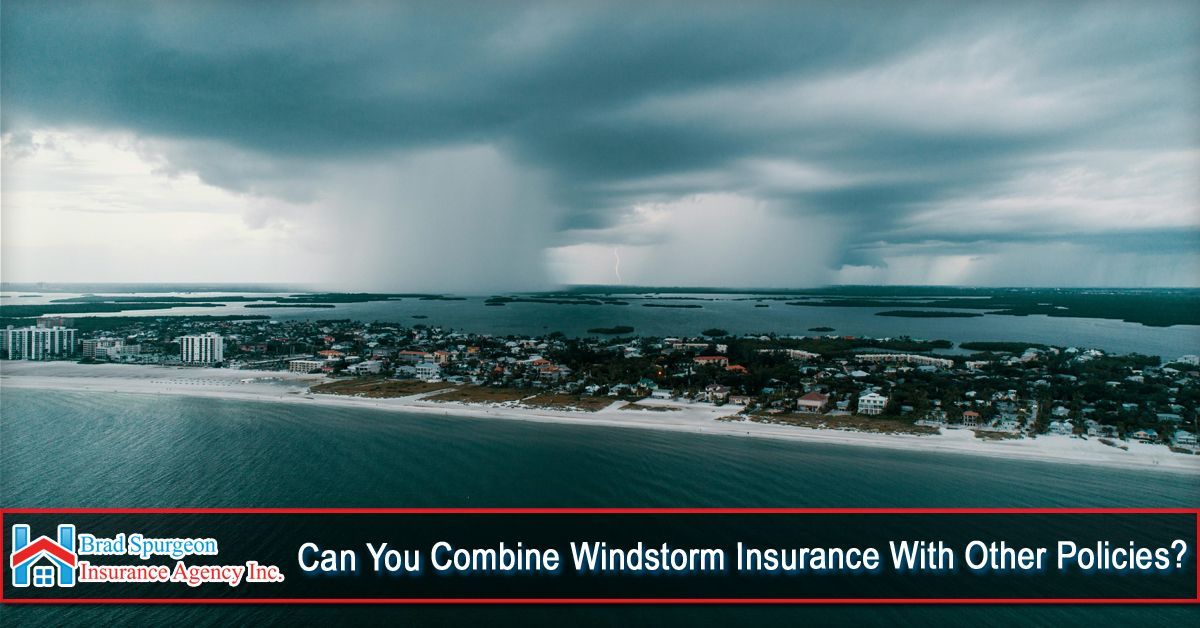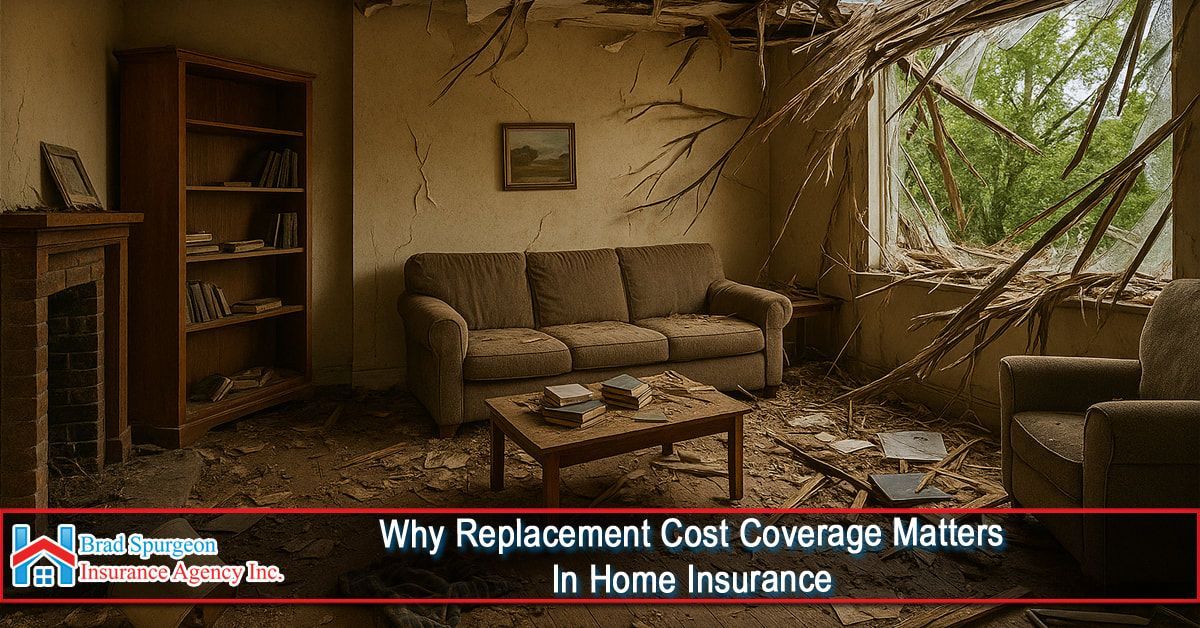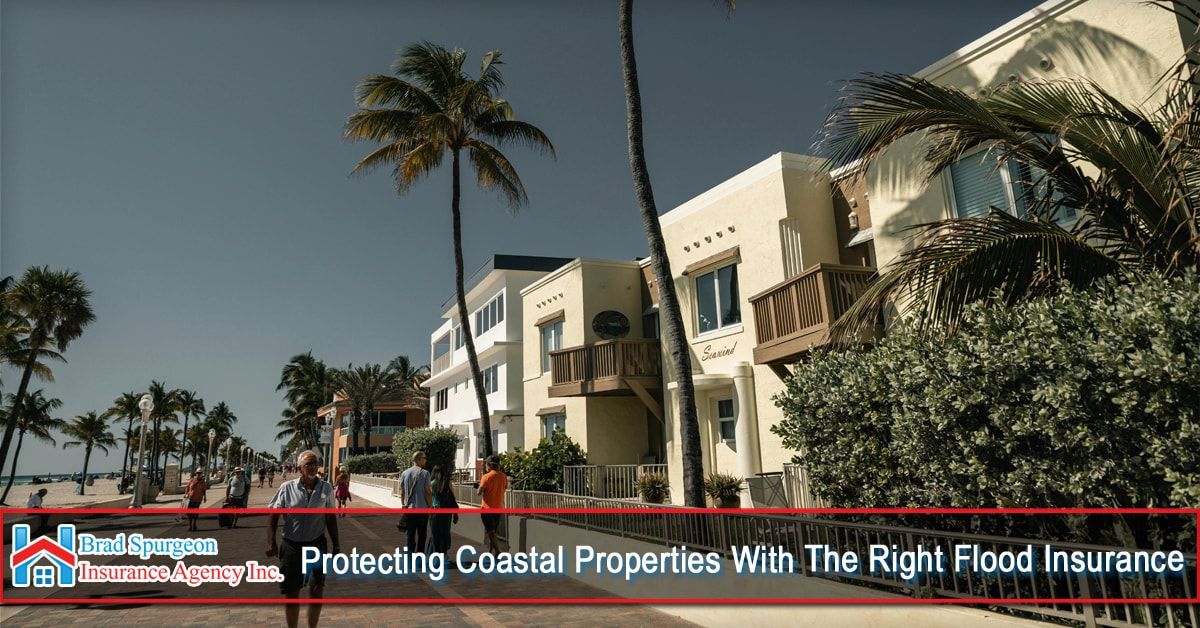Living by the coast offers stunning views, fresh air, and a lifestyle many people dream of. However, owning a coastal property also comes with unique risks—especially from floods caused by hurricanes, storm surges, and rising sea levels. Standard home insurance policies typically do not cover flood damage, which means coastal homeowners need the right flood insurance to safeguard their investment.
- Coastal homes are more vulnerable to storm surges, heavy rainfall, and tidal flooding.
- Even a few inches of water can cause thousands of dollars in damage.
- Most homeowners’ policies exclude flood damage.
- Without flood insurance, you’ll be responsible for all repair and replacement costs.
- Homes in high-risk flood zones often require flood insurance as a condition of the mortgage.
- Flood insurance ensures you won’t face overwhelming financial losses after a hurricane or tropical storm.
Flood insurance policies, available through the National Flood Insurance Program (NFIP) or private insurers, generally include:
- Foundation, walls, roof, and built-in appliances.
- Electrical and plumbing systems.
- Permanently installed carpeting and cabinets.
- Personal belongings such as furniture, clothing, and electronics.
- Portable appliances and valuables (up to certain limits).
Note: Coverage typically does not include landscaping, outdoor decks, or temporary housing costs unless added separately.
- Check FEMA flood maps to determine your property’s risk level (high-risk, moderate-risk, or low-risk).
- NFIP offers standardized policies but has coverage limits.
- Private insurers may offer higher limits and additional options like temporary living expenses.
- Make sure your policy covers the full replacement cost of your home and major belongings.
- Ask about coverage for temporary living expenses or expanded contents coverage.
- NFIP policies usually have a 30-day waiting period before coverage takes effect. Plan ahead.
Owning a coastal property is a dream worth protecting. With the right flood insurance, you can ensure your home, belongings, and financial stability are safe when the next storm hits. By understanding your flood risk, comparing policy options, and securing adequate coverage, you’ll enjoy coastal living with greater peace of mind.
Floods may be unpredictable, but protecting your home doesn’t have to be.
At Brad Spurgeon Insurance Agency Inc., we aim to provide comprehensive insurance policies that make your life easier. We want to help you get insurance that fits your needs. You can get more information about our products and services by calling our agency at (409) 945-4746. Get your free quote today by CLICKING HERE.
Disclaimer: The information presented in this blog is intended for informational purposes only and should not be considered as professional advice. It is crucial to consult with a qualified insurance agent or professional for personalized advice tailored to your specific circumstances. They can provide expert guidance and help you make informed decisions regarding your insurance needs.

